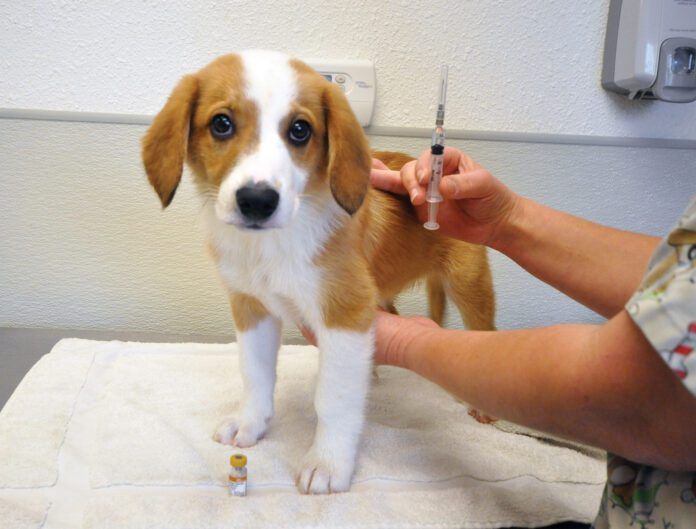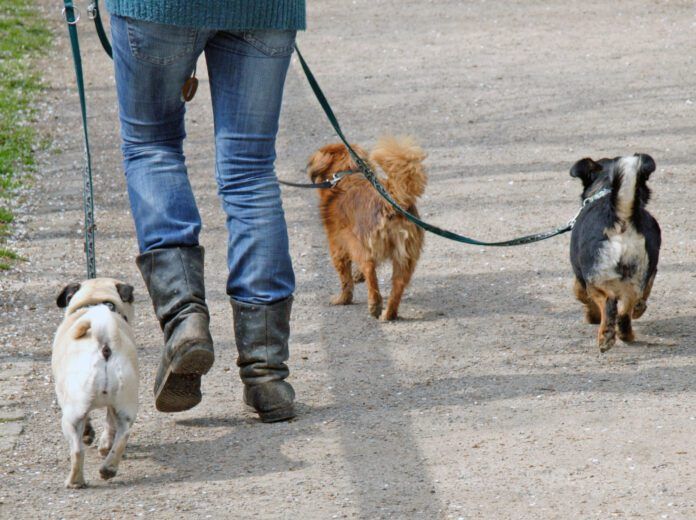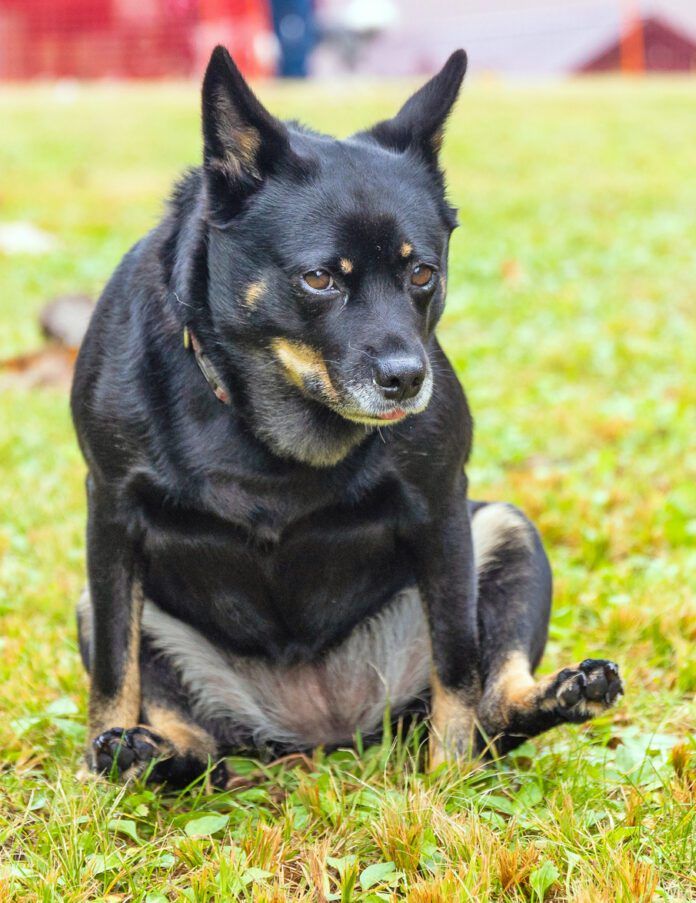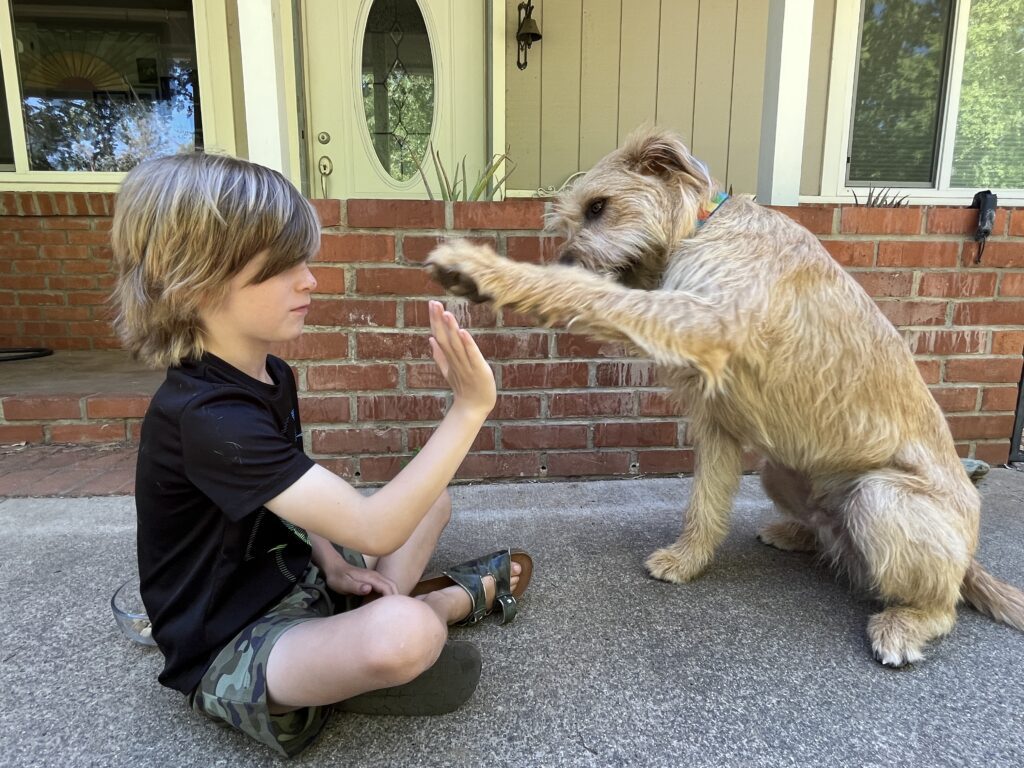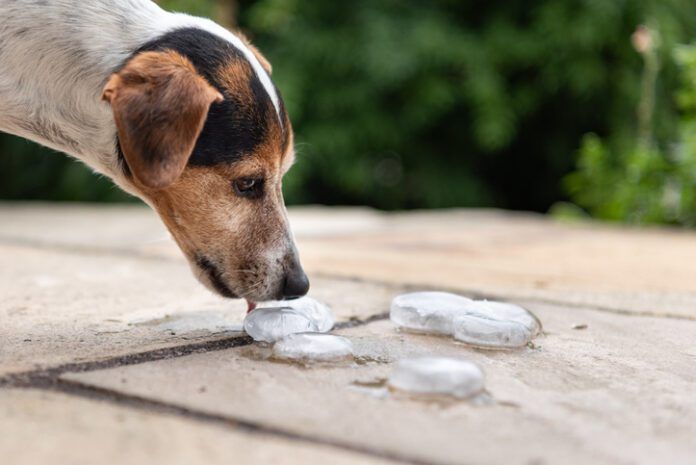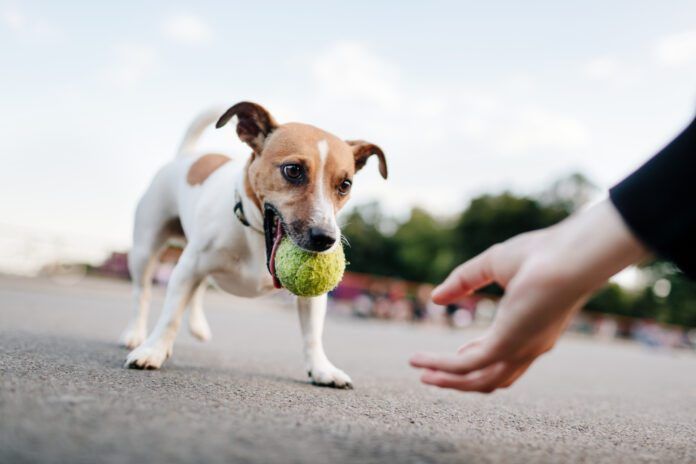Vaccines play an important role in keeping your dog healthy and protected from certain infectious diseases. But there are myriad vaccine choices and not every vaccine is necessary to maintain your dog’s health. Vaccines should be selected based on your dog’s risk and overall health status.
The American Animal Hospital Association (AAHA) has published guidelines for feline and canine vaccines. Canine vaccines are divided into two categories: “core” and “non-core” vaccines. Core vaccines are considered necessary for most dogs, either because the diseases for which they provide protection are highly infectious and can be deadly, or because of public health concerns. Non-core vaccines are also called lifestyle vaccines; these are recommended based on your dog’s risk of exposure to specific infectious organisms.
Core Vaccines for Dogs
Core vaccines are essential for all dogs unless your dog has a health condition that precludes vaccination. There are only four core vaccines for dogs. These include vaccines for canine distemper, canine adenovirus-2 (CAV-2), canine parvovirus, and rabies.
The vaccines for canine distemper, CAV-2, and parvovirus are often combined into a single inoculation known as the distemper-adenovirus-parvovirus (DAP) vaccine. This combination vaccine is sometimes also known as the DHP vaccine, where the “H” stands for canine viral hepatitis. Canine viral hepatitis is caused by canine adenovirus-1 (CAV-1). The CAV-2 vaccine provides protection against the respiratory infectious agent CAV-2 and cross protection against the hepatitis agent CAV-1.
The rabies vaccine is available only as a single antigen and is not combined with any other vaccine.
Non-Core Vaccines for Dogs
Non-core immunizations for dogs include vaccines for canine parainfluenza virus, Bordetella bronchiseptica, leptospirosis, Borrelia burgdorferi (Lyme), canine influenza (both H3N8 and H3N2), and Crotalus atrox (Western diamondback rattlesnake toxoid).
The vaccine for canine parainfluenza virus is non considered a core vaccine, but it’s often incorporated into combination vaccines with core vaccines. It’s available as part of the distemper-adenovirus-parvovirus-parainfluenza (DAPP or DHPP) vaccine. But it’s also available combined with the non-core vaccine for Bordetella bronchiseptica. Parainfluenza and Bordetella bronchiseptica are two of the causes of kennel cough. The vaccine for B. bronchiseptica is available by itself as a single vaccine whereas the vaccine for parainfluenza is only available as part of a combination vaccine.
The vaccine for leptospirosis is available by itself as a single vaccine or in combination with either the Borrelia burgdorferi vaccine or the DAP/DAPP vaccines. DAP or DAPP vaccines that contain the leptospirosis vaccine are known as DALP (DHLP) or DALPP (DHLPP) vaccines.
The canine influenza vaccine is not combined with any other vaccine. The vaccine for Crotalus atrox is also only available as a single agent vaccine.
One or more non-core vaccines may also be essential for your dog based on his risk, lifestyle, or geographical location. Talk to your veterinarian about which vaccines are right for your dog.


